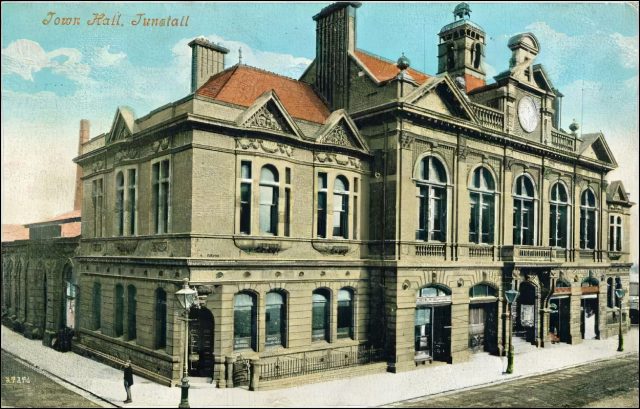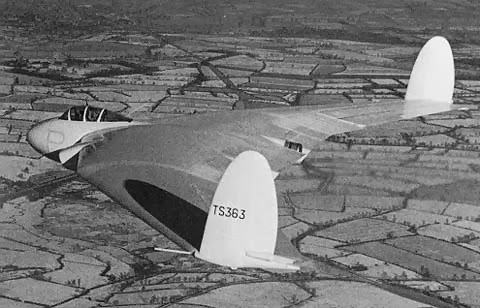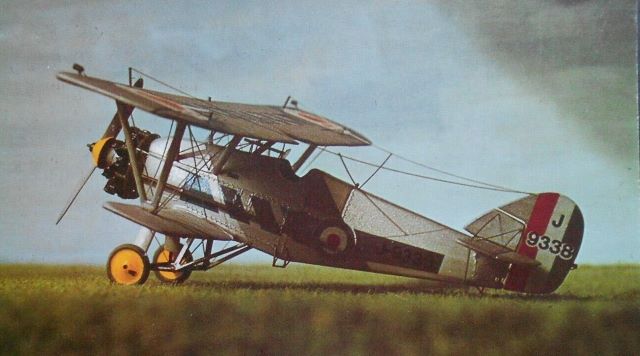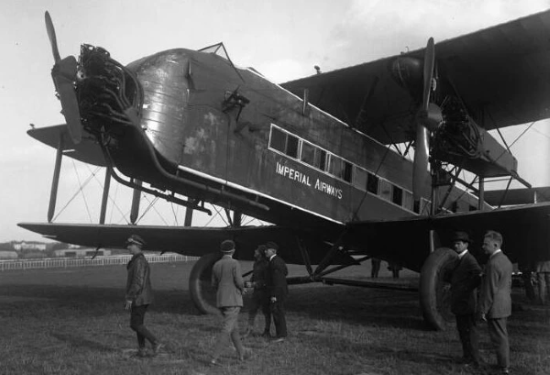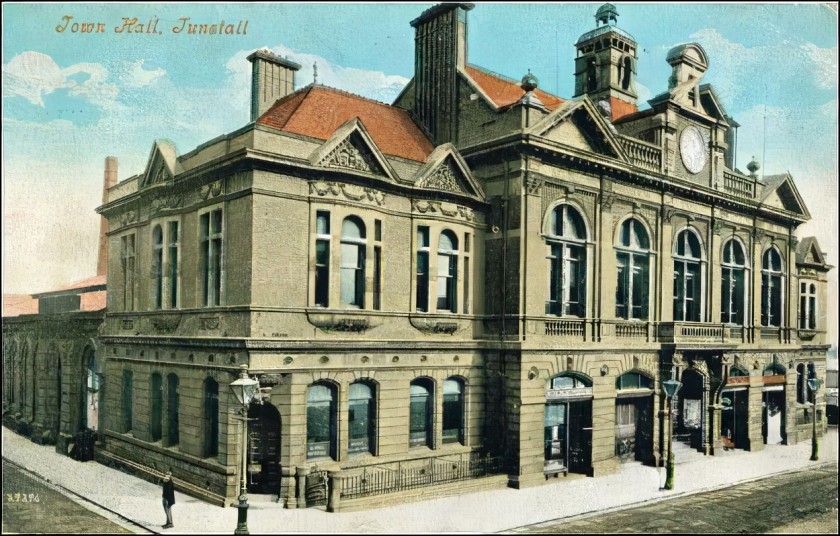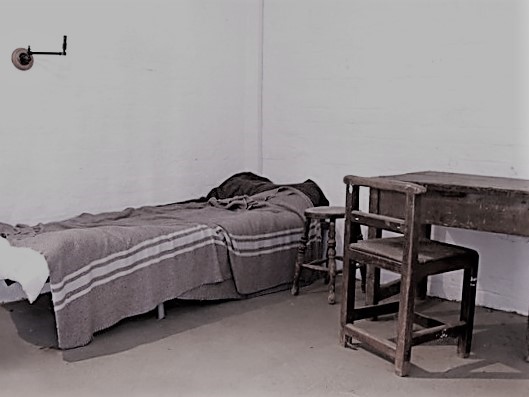John Wood, whose father was a pottery manufacturer in Burslem, bought the Brownhills estate near Tunstall in 1782.
He built a pottery factory on the estate and erected Brownhills Hall. The hall was a red brick Georgian mansion, where John lived with his wife, Mary, and their children.
In 1796, Mary was taken ill, and John asked Burslem surgeon Thomas Oliver to treat her. During his visits to the hall, Thomas met and fell in love with their daughter Maria. His love was reciprocated, and the couple wanted to get married. Although Thomas had a successful practice, John refused to let him marry her.
He ordered Thomas to leave the hall and never darken its doors again.
Maria and Thomas started meeting near a mill in the Scotia Brook Valley. One evening, John found them there. He attacked Thomas, and the two men fought each other. After the fight, John called Thomas a poor beggar and ordered Maria to stop seeing him.
Maria obeyed her father and refused to see John again. John was devastated. He neglected his practice, took no interest in his personal appearance and started drinking heavily.
John’s wife, Mary, was taken seriously ill. John asked Thomas to treat her. He agreed, and she became his patient again. When Mary recovered, Maria and Thomas asked John to let them marry. He refused. Thomas became angry and told John that he would get even with him. After making the threat, Thomas left Brownhills Hall and walked home.
A few days afterwards, Thomas, armed with two loaded pistols, went to Brownhills Hall. When he arrived there, John was still in bed. Thomas went to the factory to wait for him in his office. When he came into the office, Thomas gave him the bill for treating Mary.
John gave the bill to Mr. Bathwell, one of his clerks and spoke to him. While he was speaking to Mr. Bathwell, Thomas pulled a pistol out of one of his pockets. He shot John. After firing the pistol, Thomas attempted to commit suicide by shooting himself. Before he could pull the trigger, Mr Bathwell knocked the gun out of his hand.
John looked at Thomas and said to him, “Oh, sir, you have killed me.” Thomas replied, “It is what I intended.” He made another attempt to kill himself. The attempt failed and he was arrested.
John died three days later. Thomas was charged with murder and remanded in custody to await trial at Staffordshire Assizes.
His trial took place on Friday, 25th August 1797. He pleaded not guilty by reason of insanity. Two leading physicians gave evidence to support his plea. Their evidence was rejected by the jury. He was found guilty and sentenced to death.
Until the beginning of the 20th century, a person found guilty by a jury at an Assize Court or Quarter Sessions could not appeal against conviction or sentence. Punishment was inflicted within days of the sentence being passed. Thomas was executed at 10.30am on Monday, 28th August, just three days after his trial.
After taking communion in the prison chapel, he walked calmly and bravely to the gallows. His body was taken to Stourbridge, where it was buried in the family grave.
The Brownhills Murder is one of a series of articles about North Staffordshire’s history written by Betty Martin before her death. Other articles from the series will be posted from time to time.
